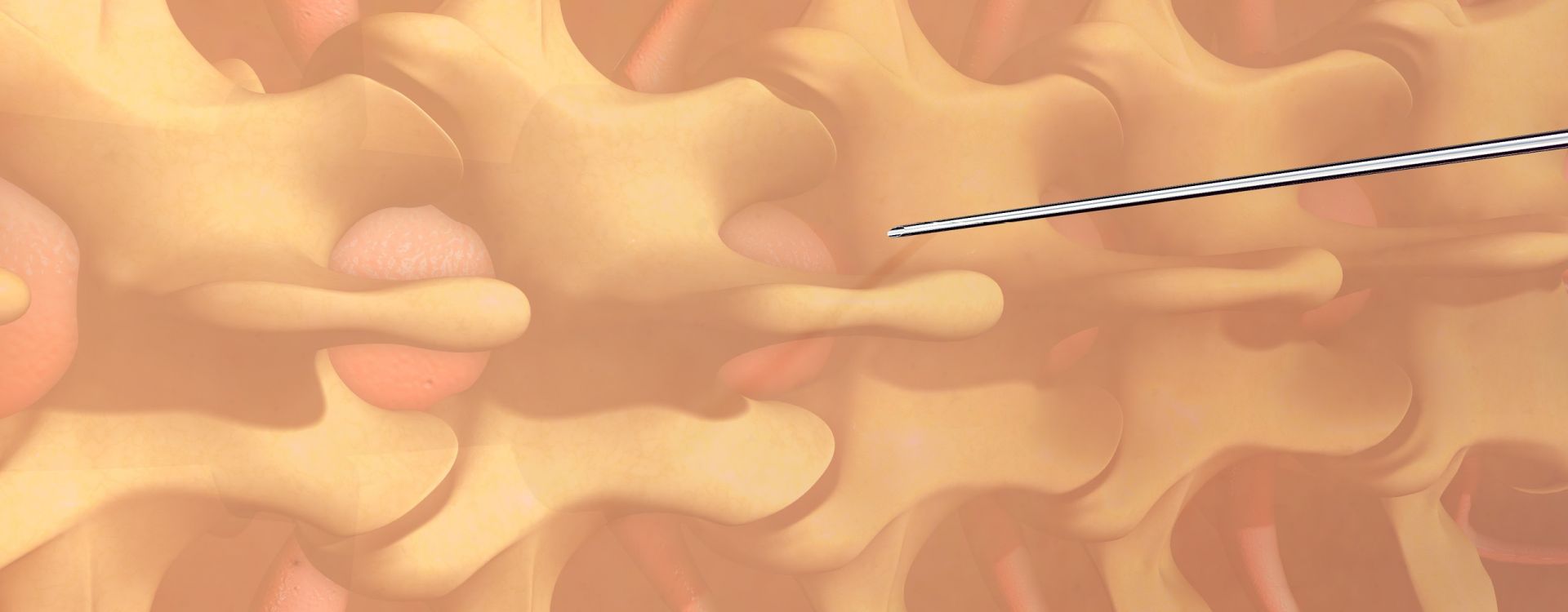The question of how to ease labor pain has different answers for different women. For those hoping to stick with natural childbirth techniques, prepping ahead with the right tools can give you a sense of calm and control, help you work through the intensity of contractions, and maybe even speed up the delivery process.
Working through labor without medical pain relief often means taking a combination approach. Simply put, no breathing exercise or position will keep you comfortable throughout the birthing process. However, when you go into the process with multiple strategies, you'll be able to employ them as needed while your labor progresses and different sensations come up.
If you're looking for a guide to help you get started, you've come to the right place. While a natural birthing class or a doula can be useful for learning about medication-free pain management strategies in more detail, in this article you'll find an introduction to the tactics and practices that women often find to be effective.
Typical Medical Pain Relief Options
An epidural might be the first thing that comes to mind, but in fact, several medical options can be used during labor to relieve pain. These include [*]:
- Epidural: A regional anesthetic injected into the lower back through a catheter.
- Spinal block: Pain-blocking medication injected into the lower back, most often used for C-sections.
- Opioids: Medications that promote rest and reduce pain that can be injected or given through an IV.
- Local anesthetic injections: Typically used to quickly numb the vaginal area if an incision needs to be made, or if a tear needs to be stitched.
- Pudendal blocks: Short-term anesthetic injection that can block pain between the vagina and perineum right before delivery or while repairing a tear.
- Nitrous oxide: An anesthetic gas that can reduce labor pain.
Each treatment works a little differently and all have their pros and cons. If you're considering using medical pain relief during your labor, talk with your doctor. Together you can weigh the options to decide what's best for you and your baby.
Why You Might Want to Use Natural Childbirth Techniques
There are many reasons why a woman might opt to avoid pain medications during childbirth, and ultimately, all of them are valid.
Though medical pain relievers are generally considered safe, they can pose possible side effects and risks. Women who receive epidurals, for instance, may be more prone to experiencing a headache or drop in blood pressure after delivery. The drugs could also cause newborns to be less alert or need more help establishing breastfeeding [*].
Going natural, could potentially help a mom feel better and recover more quickly after giving birth, while her baby might be more alert and eager to nurse.
But often it's not just about avoiding side effects. For many women, there's a desire to experience childbirth in its natural state with as few interventions as possible, especially since many pain medications can confine you to bed or force you to stay in specific positions. Natural labor pain management can contribute to feeling like you have a greater sense of control over your labor and delivery experience.
It's also normal to simply want to see what your body is capable of and relish in the feeling of strength that can come from birthing a baby without medication. After all, knowing that you made it through one of the most painful things a person can experience is a rewarding feeling!
After powering through an unmedicated delivery, you might see yourself as being able to power through, anything.
How to Ease Contractions at Home During Early Labor
Childbirth starts with early labor. This stage starts with mild, sporadic contractions that gradually become stronger and more regular as your cervix becomes more dilated. Early labor can last for a few hours to a few days, and in uncomplicated deliveries, it usually takes place at home.
Contractions in early labor are more uncomfortable than painful, and they can typically be managed with natural labor pain management strategies. Some techniques to try include:
- Exercise: This tip applies throughout your pregnancy, not only while you're in labor. Regular exercise (that's been approved by your doctor) strengthens the muscles you'll use during the big day and increases your endurance, which can help your body better move through labor. Two of the best activities are walking and swimming, but you should talk with your doctor to determine the best pregnancy exercise plan for you [*].
- Distraction: It's often possible to (mostly) ignore early contractions or divert your attention so you can go about your day. Watch a movie, call a friend, listen to calming music, or read a book to take your mind off things and pass the time.
- Take a warm bath: A leisurely soak will relax your mind and your muscles, especially if you're starting to feel on edge. In some cases, warm baths can potentially slow or stop early labor contractions, but they should resume once you're out of the tub. If you have questions or concerns about bathing during early labor, check with your provider.
- Ask for a massage: Have your partner or labor support person rub your back, shoulders, legs, or feet. Gentle massage feels good physically, of course, but the touch of someone you care about can be emotionally comforting too.
Natural Labor Pain Management at the Hospital
You're officially in active labor when your cervix has dilated to 6 centimeters, and you'll feel the difference as your body moves from one stage to the next. You'll likely no longer be able to walk or talk through contractions since they'll cause significant cramping or nausea. Pressure may start to intensify in your back. Now's the time to head to the hospital if you haven't gotten there already!
Active labor, the transition to pushing, and the pushing itself can be incredibly painful, and there are few natural methods that can completely eliminate these feelings. However, there are plenty of tools you can use to find a sense of relaxation while moving through the discomfort with a bit more ease. Consider making some or all of these strategies a part of your natural birth plan.
- Create a soothing environment: Soft lighting, calming music, quiet voices, and even looking at calming images creates a setting that can help ease tension and anxiety, and in turn, help you feel more comfortable. Essential oils like lavender can promote a sense of relaxation too.
- Practice deep breathing: Breathing labor techniques help deliver adequate oxygen to both you and your baby, helping to make your contractions more productive [*]. They can ease feelings of nausea, too. A birthing class focused on natural methods, like Lamaze or the Bradley Method, can help you and your partner learn specific techniques and the best time to employ them.
- Change positions: Standing, squatting, and lunging, along with positioning tools like birthing stools or Rezbozos use the force of gravity to encourage your baby to travel further down into the birth canal, which can potentially shorten labor time [*]. At the same time, you can keep your focus on moving your body rather than the pain of your contractions.
- Walk between contractions: Walking is another way to change positions while providing you with some much-needed distraction. You won't be able to walk while contractions are happening in active labor, but you can do it in the interim.
- Try a birthing ball: Leaning an exercise or birthing ball or try sitting on it upright. Both can help relieve pain and pressure in your back.
- Use hydrotherapy: Whether you have access to a shower or a labor tub, warm water can help your body relax between contractions and reduce muscle tension. You’ll not only feel better, but your labor might also progress faster as well [*].
- Try touch therapy: Some women find a back or shoulder massage from their partner or support person to be soothing. However, if it's too intense or overwhelming at this stage, simply holding hands is helpful too.
- Consider hypnobirthing: This self-hypnosis technique is linked to shorter labors and decreased use of pain medications, plus, it can help you manage fears or anxieties around labor that can make it harder to relax.
When Do You Need to Decide?
You might know early on in your pregnancy that you're set on giving birth without pain medication – or you might get to the hospital still unsure of whether you'll ask for an epidural. Both scenarios are perfectly okay, but it's worth sharing your thoughts with your provider. They can help you weigh the pros and cons of different situations and offer valuable insight that might help you choose one way or another.
Prefer to leave the option for pain medication on the table? Despite what you may have heard, epidurals don’t stop being available once you’ve dilated to a certain point. That said, it typically takes around 30 minutes for the epidural to be administered and take effect (and an anesthesiologist might not be available immediately to perform the task). For that reason, it's often better to err on the side of caution and have the epidural placed earlier in active labor rather than waiting until you're almost at the pushing stage.
The Bottom Line on Natural Pain Relief During Labor
Natural strategies can go a long way toward helping you feel calmer and more comfortable during labor. You'll reap the biggest benefit by learning about strategies ahead of time (so you can practice them!) and employing a range of tools and techniques instead of just one.
So, start prepping, and get the help of your partner or support person. Come delivery day, you'll feel ready to handle those contractions and bring your beautiful baby into the world.
DISCLAIMER: THE INFORMATION ON THIS WEBSITE IS NOT INTENDED TO BE USED AS MEDICAL ADVICE.The materials and information contained on the MiracleCord website is provided for educational and informational purposes only, and is not intended to, and does not constitute, medical or other health advice or diagnosis, and should not be used as such. You should not use this information to diagnose or treat a health problem or disease. If you are seeking personal medical advice, you should consult with a licensed physician. Always consult with a qualified health care provider regarding a medical condition.




